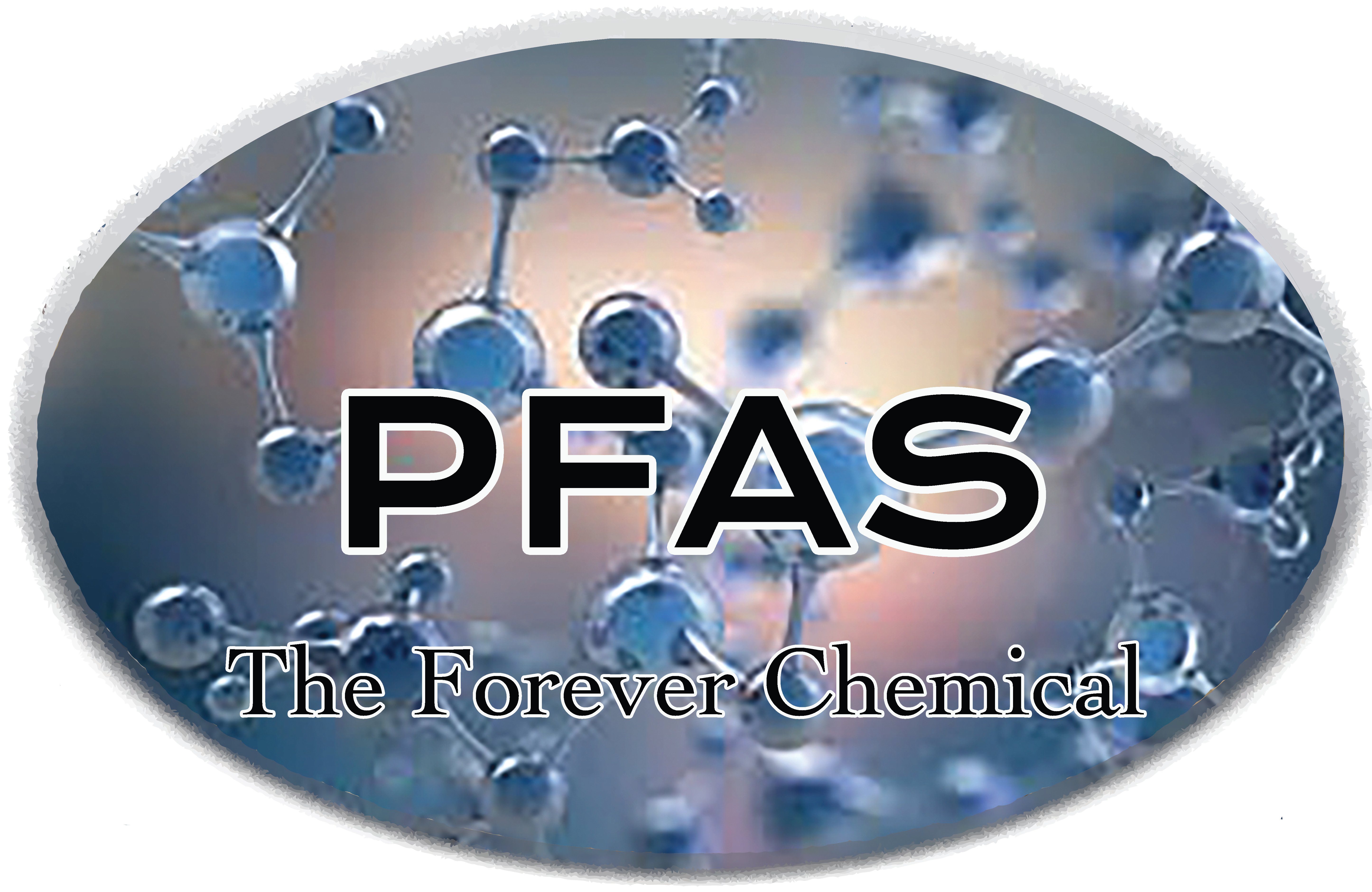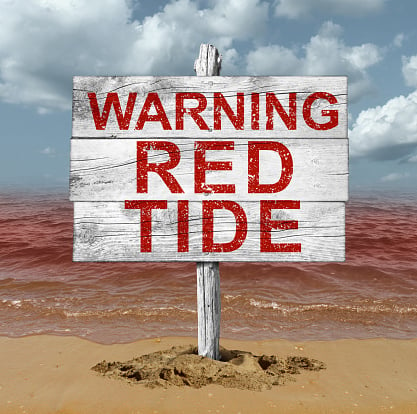I will explore the potential risks of exposure to two members of a family of man-made chemicals called PFAS. These chemicals are PFOA and PFOS.
I will discuss the sources of PFOA and PFOS. These include leaching from industrial sites, the use of consumer products, and food and water contamination.
I will also discuss the exposure pathways of PFOA and PFOS. I will examine the regulations and guidelines for the use of these chemicals. I will also investigate their impact on the environment and various industries.
I will guide how to limit exposure to PFOA and PFOS and protect oneself from potential health risks. Perfluorooctanoic acid (PFOA) and Perfluorooctane sulfonate (PFOS) have been primary environmental safety concerns raised recently. There may be short and long-term health impacts on humans.
This guide covers the potential risks of PFOA and PFOS. It explains their sources and exposure pathways. It also looks at regulations and guidelines for their usage and impact on the environment and industries.
History of PFOA and PFOS Regulation in the US
The EPA launched an investigation into the potential health risks of PFOA and PFOS in the early 2000s. This brought about the regulation of these chemicals in the United States.
In 2006, the Environmental Protection Agency (EPA) agreed with eight major chemical manufacturers. This agreement required them to phase out the production of perfluorooctanoic acid (PFOA) and perfluorooctane sulfonate (PFOS) by 2015. However, these chemicals are still in the environment and risk human health.


